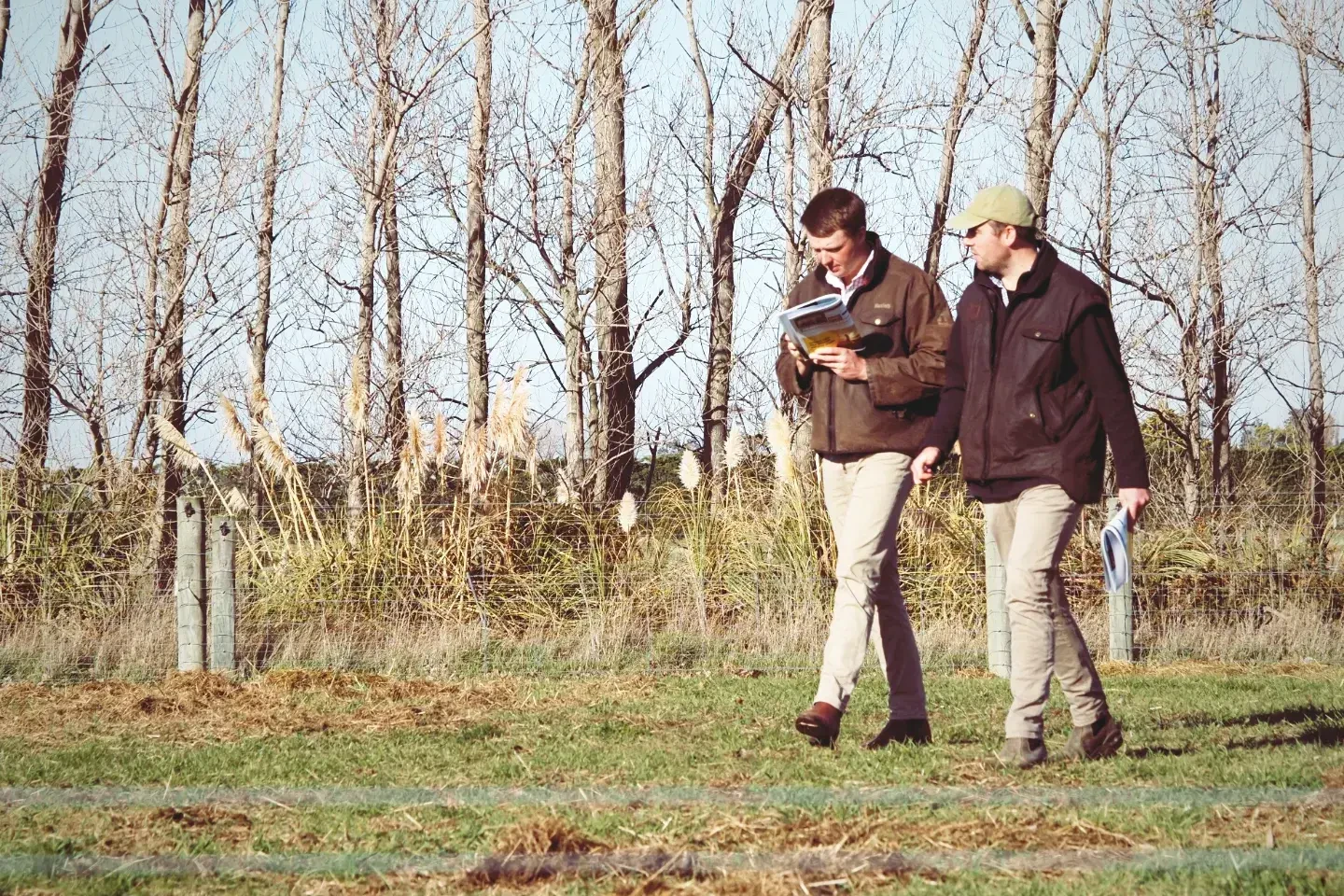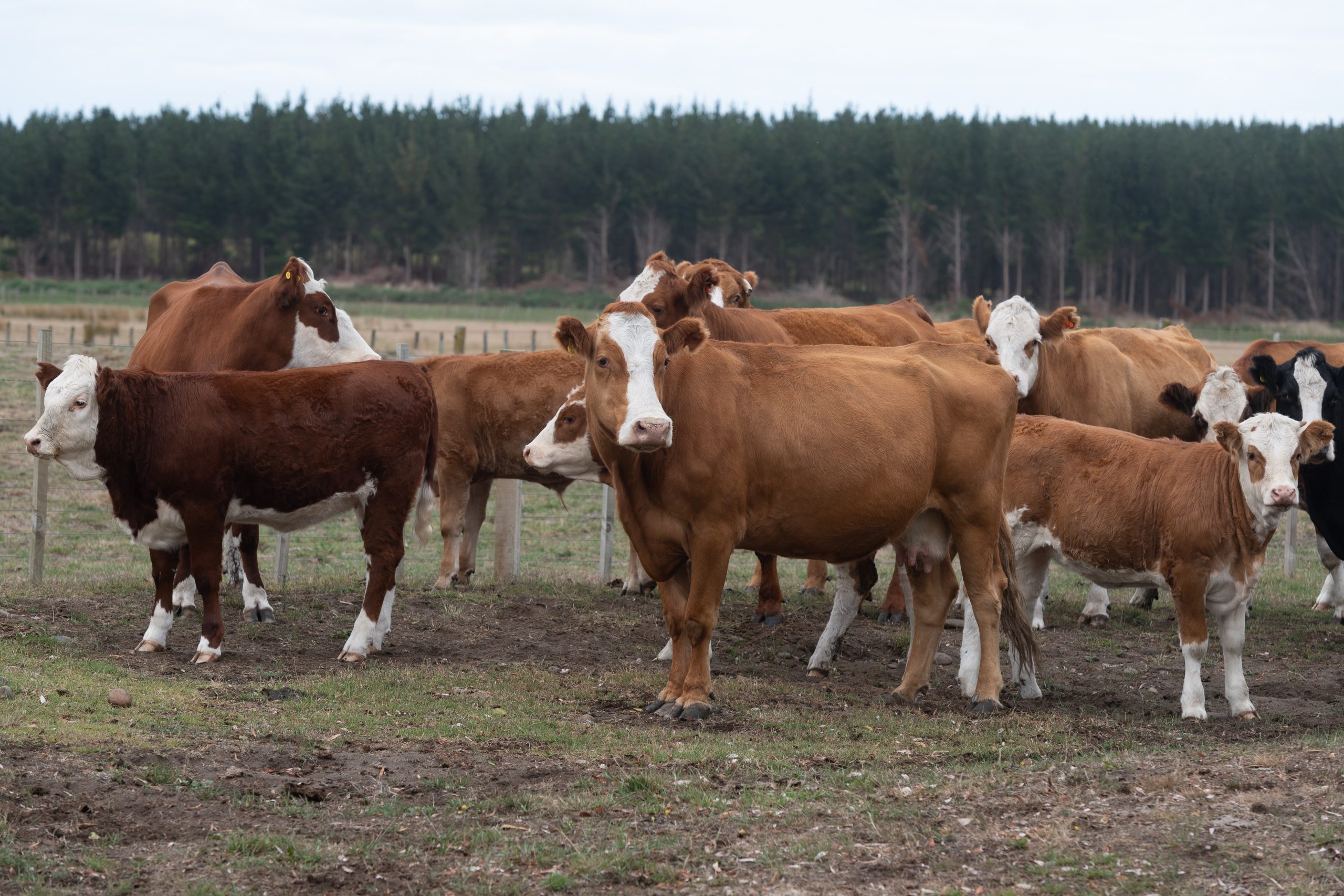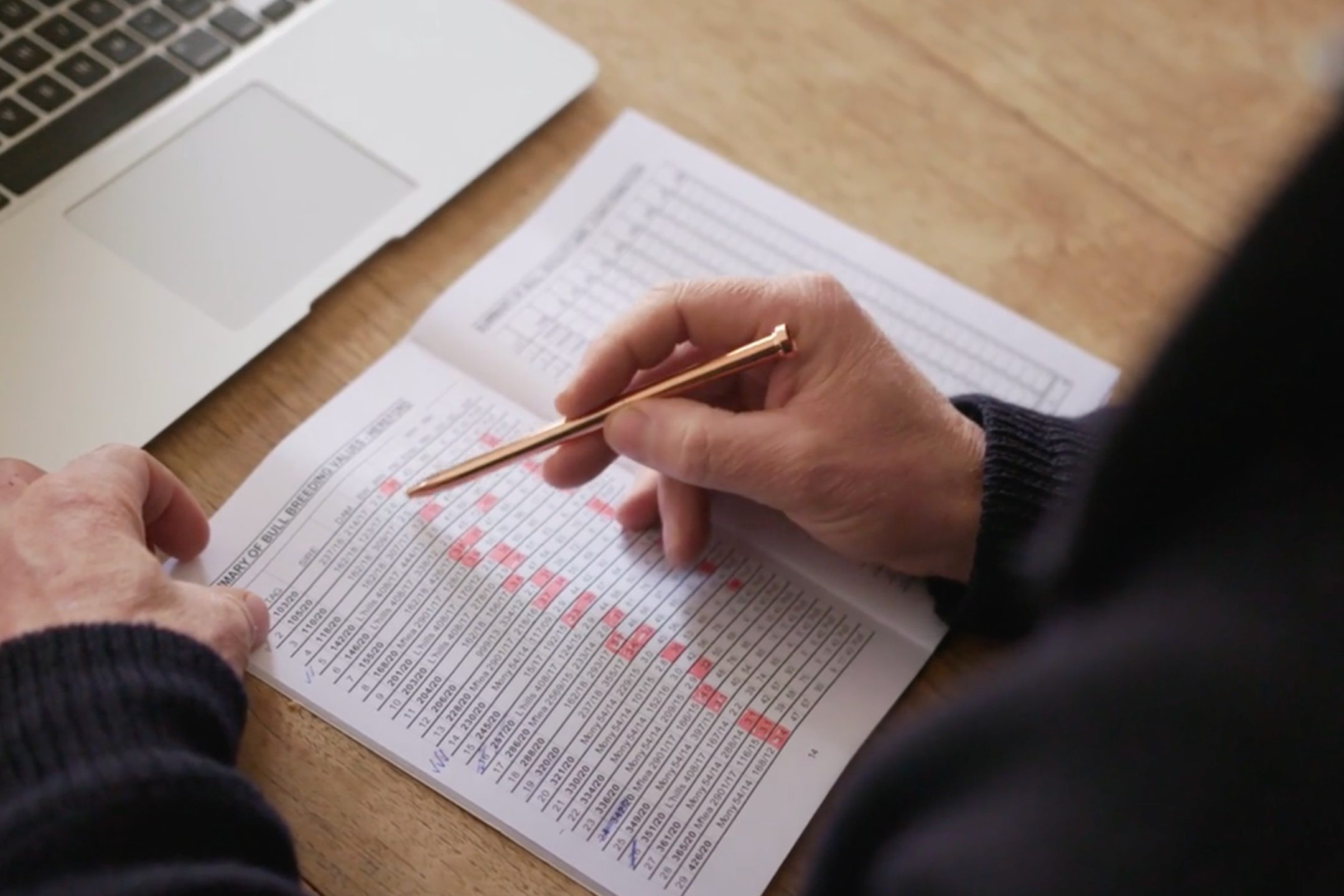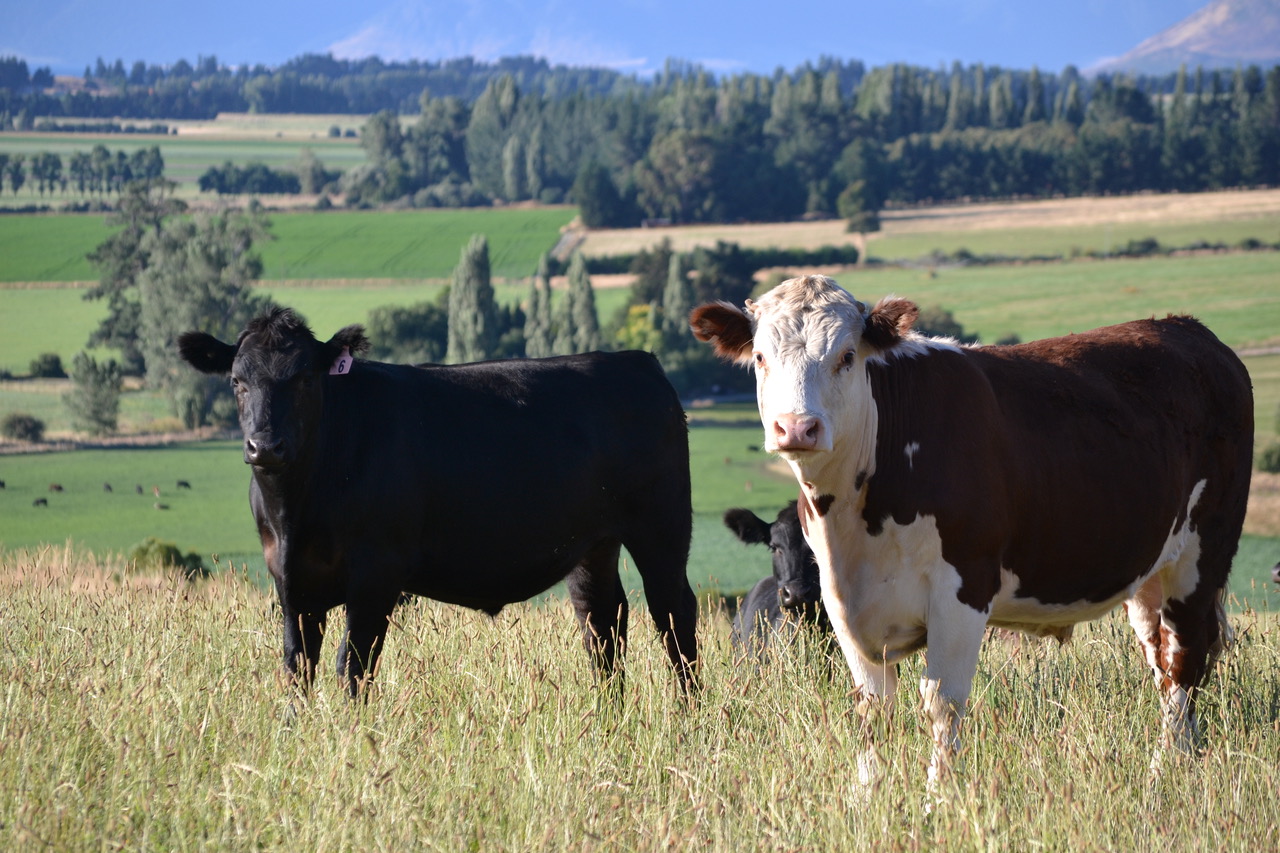New EBVs and traits on the way for Angus
Shared data and collaboration among breeders are helping to expand the mix of traits measured for estimated breeding values. Words Dave Warburton.
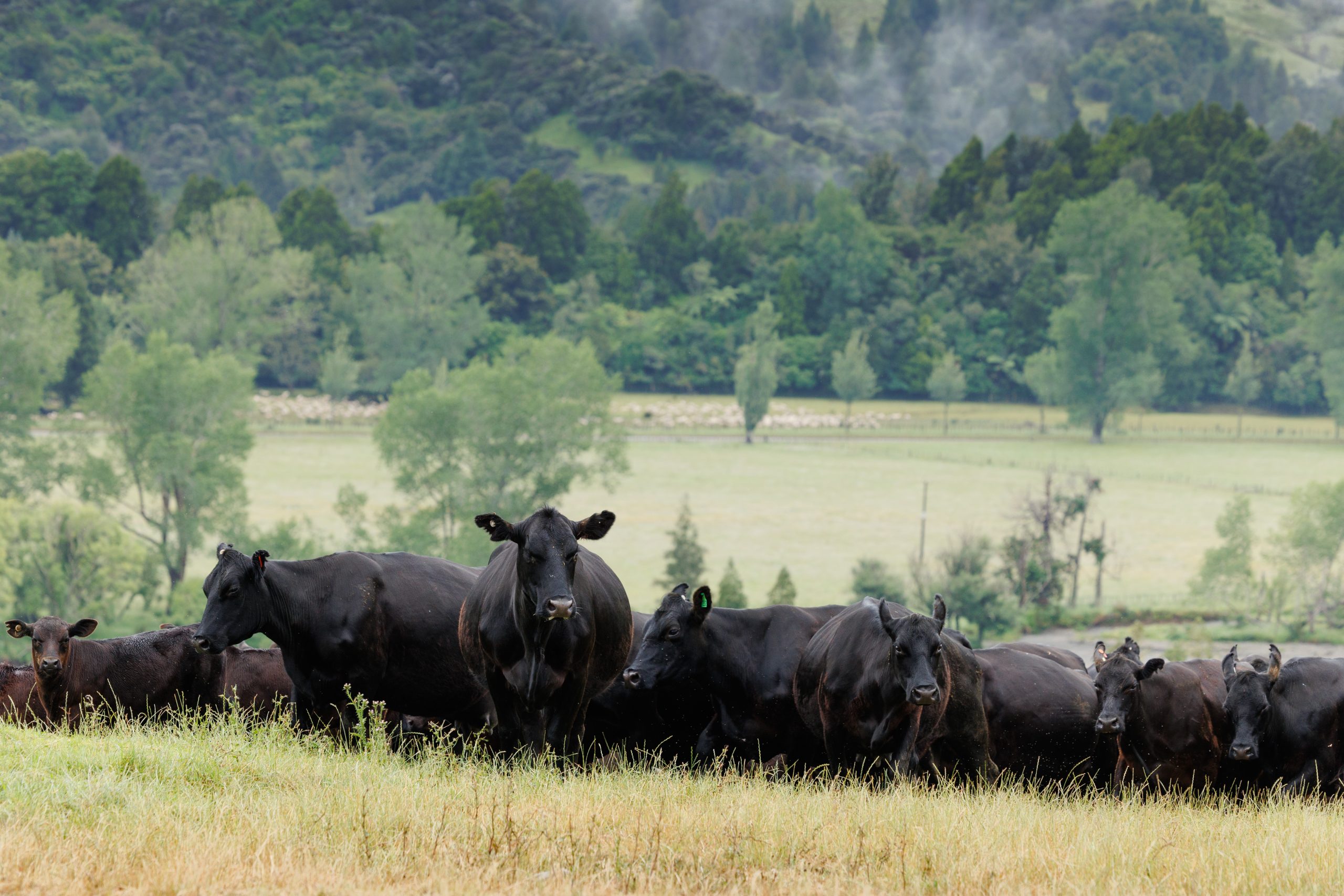
The current suite of 22 EBVs (estimated breeding values) are giving beef producers genetic information associated with direct implications to their profit such as liveweight growth, a live calf born, getting back in calf and a heavy quality graded carcase. EBVs estimate the genetic information about how an animal will perform.
Dave Warburton, an Angus breeder and vet, says Angus stud breeders, Beef + Lamb New Zealand Genetics, ABRI and other collaborating partners are now starting to build a pipeline of new traits to be measured which – once we have enough records – can be translated into new EBVs.
“Some of these EBVs don’t have an actual direct or easily quantifiable impact on beef producers’ profit. But Angus breeders hear loud and clear that they are important to the commercial farmers who purchase our bulls.”
“It takes thousands of records to build an EBV. New Zealand’s stud population of animals is relatively small but because our cattle are genetically linked to other cattle populations around the world, we can collaborate and share datasets to help reach the end goal of producing an EBV more quickly.”
Docility – This EBV is now being published. Stud breeders measure this trait early in life before the calf has been trained to accept the experience, such as entering and standing in a crush and learning nothing bad is going to happen. As we know, docility can be heritable but they also can learn bad behaviour from their dam or the other crazy cow in the mob that stirs everything up. This EBV helps to distinguish between innate docility and learned bad behaviour.
Body condition score – This trait is well recognised as being very useful. We know from B+LNZ Genetics progeny test data, that the ideal body condition score for a MA cow to get her back in calf is between 6 and 7. This trait can be measured at any time of the year because it is well correlated between measurements all year round. The easiest time to do this is at weaning and needs to have a liveweight recorded at the same time.
Teat and udder scoring – We know the bottle tit results in a starving calf and is quite heritable. Feeding a cow for 12 months and then producing a starving and usually dead calf is a kick in the guts. Breeders can now start scoring teat shape and udder balance to make sure we have good boobs for feeding calves into the future.
Foot and leg structure/soundness – Multiple independent assessors in New Zealand can score cattle for foot shape and leg structure. We know unsound legs and poor foot shape results in lameness and an early culling decision which has a genetic component to it. These foot scores will be converted to an EBV and will be available soon as the records build up.
Other traits on the radar to be considered are an improved fertility EBV, a methane EBV and a parasite-resistance EBV and research is under way to understand the data requirements.

